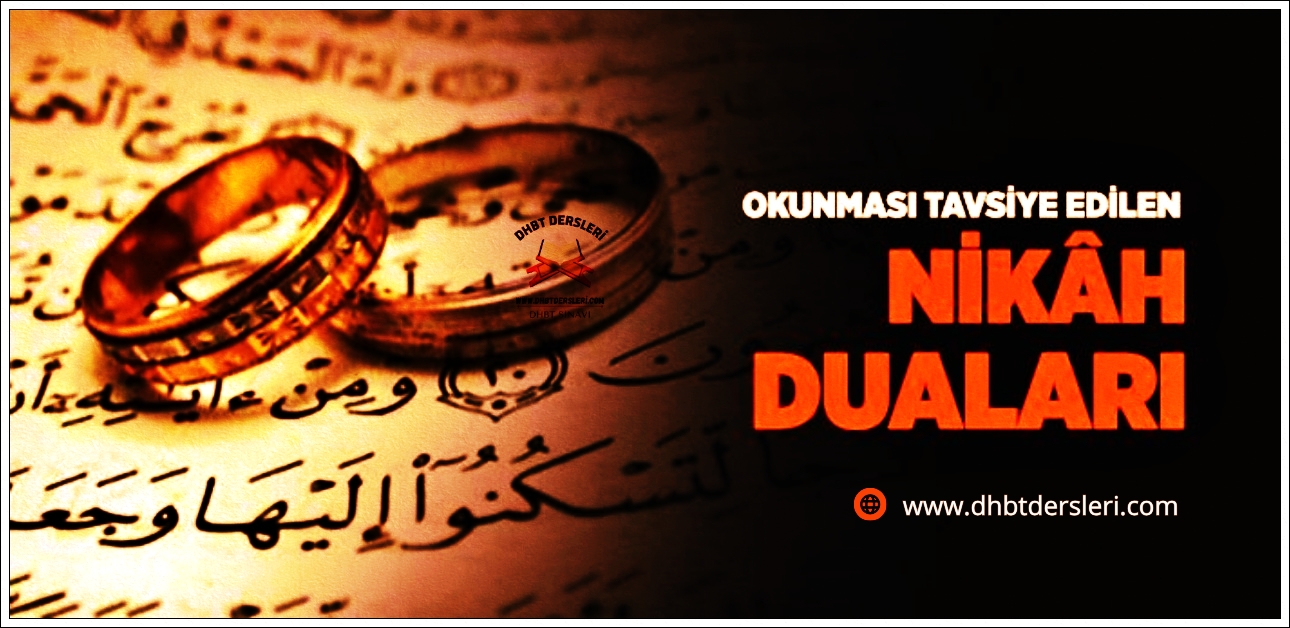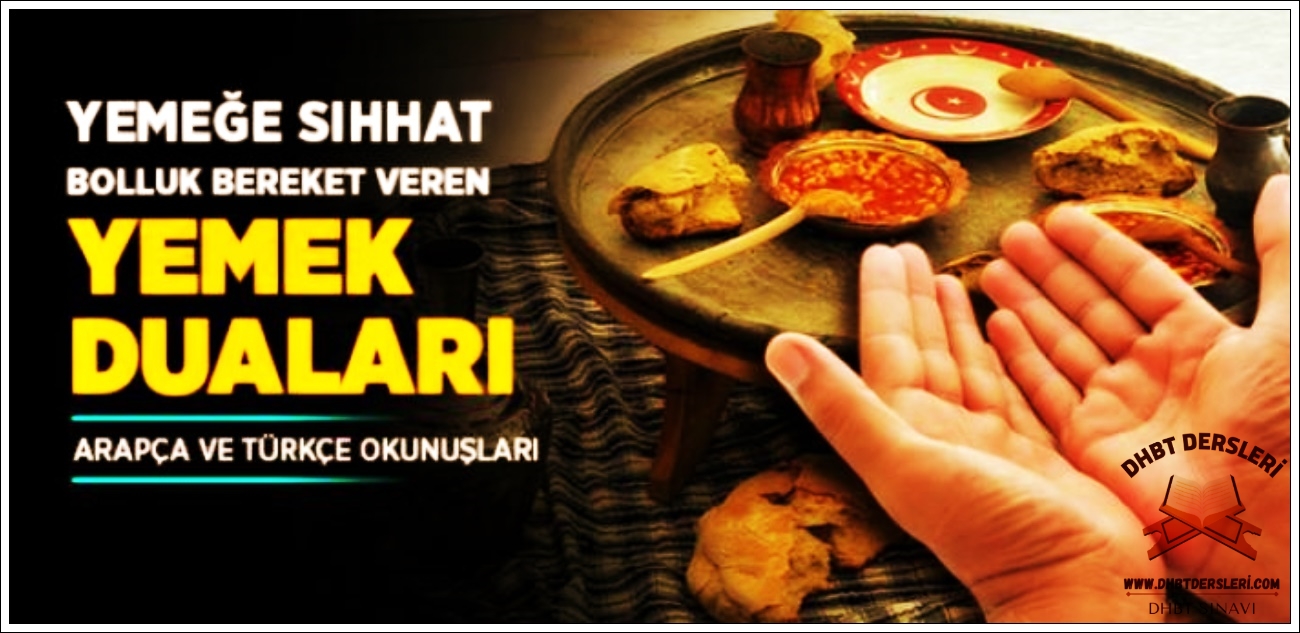Haj is an act of worship intertwining divine symbols (sha’âirillah) with circumambulation of the Kâbah as centerpiece, which is performed in an established time in the year. It is obligatory upon every physically and financially capable Muslim.
What are Haj and ‘umrah?
The minor Haj is called “‘umrah,” which means “building and constructing.” ‘Umrah is an act of worship, which includes fewer points compared to Haj and is performed voluntarily at any time in the year.
Both Haj and ‘umrah include symbols. Each symbol is an indicator and each indicator points at a truth. Symbols enjoy value from truths they symbolize.
One could count the following intertwined symbols and truths they point at: Ihrâm is a two-piece non-sewn and non-decorated white cloth, which male Haj performers put on instead of regular clothing to erase any indicators of financial status in social hierarchy.
The Haj pilgrim is not allowed to commit several acts that he could normally do. For instance, no sexual relations with spouses; no arguing or disputing with other Muslims; they are not allowed to use cosmetics and other items that would beautify their mortal bodies.
After all, they are rehearsing the Day of Resurrection. Behold! They donned their shrouds; they arrived at the first place of worship to hold themselves accountable in this life before Allah holds them accountable in the next life.
The ihrâm symbolizes the following four concepts:
-
- Abandoning the world and all social and financial statuses therein;
- The shroud every dead believer is covered with;
- The human dignity and esteem; and
- Divine boundaries humans respect and do not transgress.
Talbiyyah is the following divine slogan each Haj performer pronounces whenever possible after putting ihram on: Labbayk Allahumma labbayk. Labbayka lâ sharika laka labbayk. Inna al-hamda va’nni’mata laka wa’l-mulk lâ sharika lak (I respond to Your call, o Allah, I respond to Your call. I respond to Your call, You have no partner. I respond to Your call. Indeed, the praise and grace are Yours as well as sovereignty. You have no partner.) The talbiyyah thus represents Muslims’ answer to the divine call to have faith and believe.
Staying at the Arafat Mount: This is a required action in Haj (Baqarah 2:198). Arafat is a landmark location among the pilgrimage locations. Staying in Arafat on the ninth day of the month of Dhul-Hijjah represents a man’s straightness in front of his Lord.
Arafat is not a proverbial washing machine that will cleanse all the sins of everyone staying there. Rather it is a place for man to recognize himself and to impersonalize his great ancestor Adam who admitted his mistake and repented for it. It is a place to reject the great enemy Satan who insisted on his mistake.
Stopping at Mash’ar is spending the night at a specific location after descending from the Arafat Mount with the purpose of having Allah as witness of their acts of worship (Baqarah 2:198); it is also known as Muzdalifah. Arafat symbolized the ma’rifah, which is recognition by knowledge and senses. Mash’ar symbolizes the shu’ûr, which is consciousness with precise differentiation.
Jamarat is the name of several locations where Haj performers symbolically cast stones at Satan. Jamarat represents a fight one wages against Satan and his/her own inner desires heeding Satan’s calls. Each stone a believer casts is meant to crush a bad behavior and/or attitude; the stone caster “puts” his bad habits onto those stones and throws them at Satan saying, “Here! This suits you better, not me!”
Qurbân is the slaughtering of certain animals with certain features with the purpose of sharing its meat with needy ones for the pleasure of Allah. Thus, the qurban represents the closeness and an unconditional submission to Allah (Baqarah 2:196).
The qurban at Haj plays a central role in the act of worship of sacrificing animals for the sake of Allah. Those who are not performing Haj in Mecca and slaughtering sacrificial animals at home are symbolically participating in the Haj proceedings. In any event we must bear in mind that “never does their flesh reach Allah, and neither their blood: it is only your Allah-consciousness that reaches Him.” (Haj 22:37).
Tawaf (circumambulation) is walking around the Kâbah seven times counterclockwise. Circumambulation of the Kâbah could perhaps be explained as a physically performed “signature” at the end of a covenant between Allah and humans; it represents voluntarily joining the universal chorus in praising Allah.
Everything in the universe—be it small as an atom or large as a galaxy—is in the constant state of tawaf. Electrons continuously revolve around the nucleus of an atom in the form of tawaf. If electrons stop their tawaf, the matter reaches the absolute zero.
The human blood symbolizes a Haj performer, while the heart is the circumambulated “Kâbah.” When blood stops “circumambulating” the “Kâbah,” that human dies. If the moon stops circumambulating its “Kâbah,” the night’s lantern will go out.
If Earth stops making tawaf around the sun, the apocalypse will happen. Sa’y is walking and running seven times between the Safa and Marwah heights near the Kâbah, between which Prophet Abraham’s wife Hagar and her son Ishmael are believed to had run back and forth, seeking water.
Thus, making sa’y instills the feeling that the world is a journey and its wayfarers are travelers in it. The sa’y represents a life-long effort one has to employ to fulfill the purpose of one’s existence.
These seven elements pertaining to Haj are actually those seven codes that Allah has adopted for humans’ life. So by performing Haj, the pilgrims are traveling to receive and accept those codes.
Performing Haj is joining the universal chorus in praising Allah. Performing Haj is offering gratitude to the first place on Earth to host mankind. Performing Haj is loyalty to a place, while sawm is loyalty to time.
One of the purposes of performing Haj is preventing mankind from forgetting about the end of the lifetime journey they are currently upon.
At the end of this journey, we will be asked about every single deed and word we committed and uttered throughout our “travel” in life. Those who perform Haj are like people who will be standing on the Judgment Day with their deeds placed on divine scales.
That is why we figuratively called the Haj “the rehearsal of the Judgment Day.” ‘Umrah is a minor Haj wherein certain rituals of Haj are not performed. For instance, ‘umrah does not include visiting and staying overnight at the Arafat Mount and/or Mash’ar, or slaughtering a sacrificial animal, or casting stones at Satan.
There are specific days and times for performing Haj, while ‘umrah can be performed at any time of year. One aspect of Haj features is the gathering of a portion of the global Muslim community in one place at the same time; ‘umrah pursues no such goal.
One cannot individually perform Haj, while performing only ‘umrah is permitted and valid. It is reported that the Messenger of Allah performed ‘umrah as an individual act of worship and as part of his Haj.
Did Prophet Muhammad perform Haj?
It is a historically known fact that Prophet Muhammad did not perform Haj in nine years after hijrah, and declared he would perform it in the year 10 hijri.
This Haj was the only pilgrimage he ever performed, and it is known as the “Farewell Haj.” While performing this Haj, Prophet Muhammad told his followers, “Learn Haj from me!” because Haj was performed in the pre- Islamic period of ignorance as well. However, its rituals were all mixed up and its goal was severely altered. Therefore, Prophet Muhammad has reinstituted the Haj, which was changed by ignorant tribes beyond recognition.
During this first and only Haj, Prophet Muhammad delivered the following sermon near the Arafat Mount where the Namirah Mosque currently stands.
Although speaking directly to the present tens of thousands of Muslims, Prophet Muhammad was also addressing the entire humanity to come until the Judgment Day: “O people! Just as you regard this month, this day, this city as Sacred, so regard the life and property of every Muslim as a sacred trust. “Compensation for bloodshed committed during the pre-Islamic days of ignorance is cancelled. On my part, I give up my claim for compensation for the life of Rabiah ibn Harith. “Allah has forbidden you to take usury (interest), therefore all interest obligation shall henceforth be waived. Your capital, however, is yours to keep. You will neither inflict nor suffer any inequity.
Allah has Judged that there shall be no interest and that all the interest due to Abbas ibn ‘Abd al-Muttalib (Prophet’s uncle) shall henceforth be waived… “O People, it is true that you have certain rights with regard to your women, but they also have rights over you. Remember that you have taken them as your wives only under Allah’s trust and with His permission. If they abide by your right then to them belongs the right to be fed and clothed in kindness.
Do treat your women well and be kind to them for they are your partners and committed helpers. And it is your right that they do not make friends with any one of whom you do not approve, as well as never to be unchaste. “I am leaving behind one thing the Book of Allah, and if you hold on to it tightly, you will never go astray. You will be asked about me in the hereafter. What will be your response?”Everyone said in unison: ‘We bear witness that you conveyed the message, fulfilled your duty, and gave goodly advice!’ And upon this, the Prophet of Allah rose his forefinger and said, “Be my witness, o Allah! Be my witness, o Allah! Be my witness, o Allah!”
What is The Source of Such a High Esteem And Value For The Kâbah?
The Kâbah is the direction, the qiblah, which Muslims face while performing salâh wherever they are in the world (Baqarah 2:144).
It symbolizes Muslims’ awareness of location and space. According to the Qur’an, the Kâbah is the “first house” (awwala baytin), which humankind constructed on the face of Earth (‘Ali`Imran 3:96).
Allah accepted the first human attempt to erect a building as His own abode and called that house Baytullah (The House of Allah). Allah thus assumed ownership of the first human-built house and called it, “My house.” Therefore, performing Haj does not mean one travels abroad, but travels to the initial homeland of humankind. Undoubtedly and undisputedly, the Kâbah is architecturally the simplest and the most unpretentious construction on the face of Earth.
The Kâbah’s pretention is unpretentiousness itself. The intrinsic specialty the Kâbah has is disclosed when it is compared to pyramids and ziggurats that pharaohs and nimrods of the past constructed, claiming “the highest, the largest” status.
The Kâbah, which was rebuilt on its ancient foundations by Prophet Abraham and his son Ishmael, sends the following eternal message to every heeding soul: Children of Adam cannot worship Allah as He rightfully deserves it, however hard they try. Therefore, children of Adam are to admit their inability to perfectly worship Allah.
The Kâbah was destroyed, rebuilt, and renovated for various reasons several times in history. Among very few items remaining from the times of Prophet Abraham is the Black Stone (al-Hajar al-Aswad), which is embedded in a corner of the Kâbah. Those remaining pieces of al-Hajar al-Aswad serve as the starting point for circumambulating the Kâbah during Haj and ‘umrah.
The Kâbah is not located at the highest location in Mecca; on the contrary, it is built at the lowest point with stones and wood; it is a simple structure bearing no ornaments.The Kâbah softens our hearts and prevents their petrification. In fact, its architecture resembles the shape of a heart.
The original Kâbah’s shape was not a cube, as it may now seem. The foundations of Kabah encompassed the current foundation and the oval shaped wall on the side of the current structure. When the current structure and the oval shaped wall are looked at together from a birds-eye view, the overall shape resembles that of a heart.
The Kâbah is the heart of Earth; the heart is a human’s Kâbah. One of the messages emanating from circumambulating the Kâbah is the following: Each person is to constantly circumambulate the “Kâbahs” of their own and of those around them by loving, caring, respecting, showing mercy, advising, and calling to do the good and forbidding from doing the evil.
The Kâbah represents humans’ unpretentiousness before Allah. The Islamic culture calls the location the Kâbah stands on “The center of Earth.” It is believed that the entire world’s spiritual nutrition originates here.
Who is Encouraged to Visit The Kâbah?
The entire humanity is invited to visit the Kâbah:“… Pilgrimage unto the Temple is a duty owed to Allah by all people who are able to undertake it…” (‘Ali `Imran 3:97) The commandment issued for Prophet Abraham reads, “I proclaim thou unto all people the [duty of] pilgrimage.” (Haj 22:27)
The call to Haj is also a call to firm and unconditional submission to the will of Allah. Those, who sincerely answer the call and haste toward Allah with “Allahumma labbayk!” (“I respond to Your call, o Allah!”), rightfully deserve the title of “Muslim.”

































